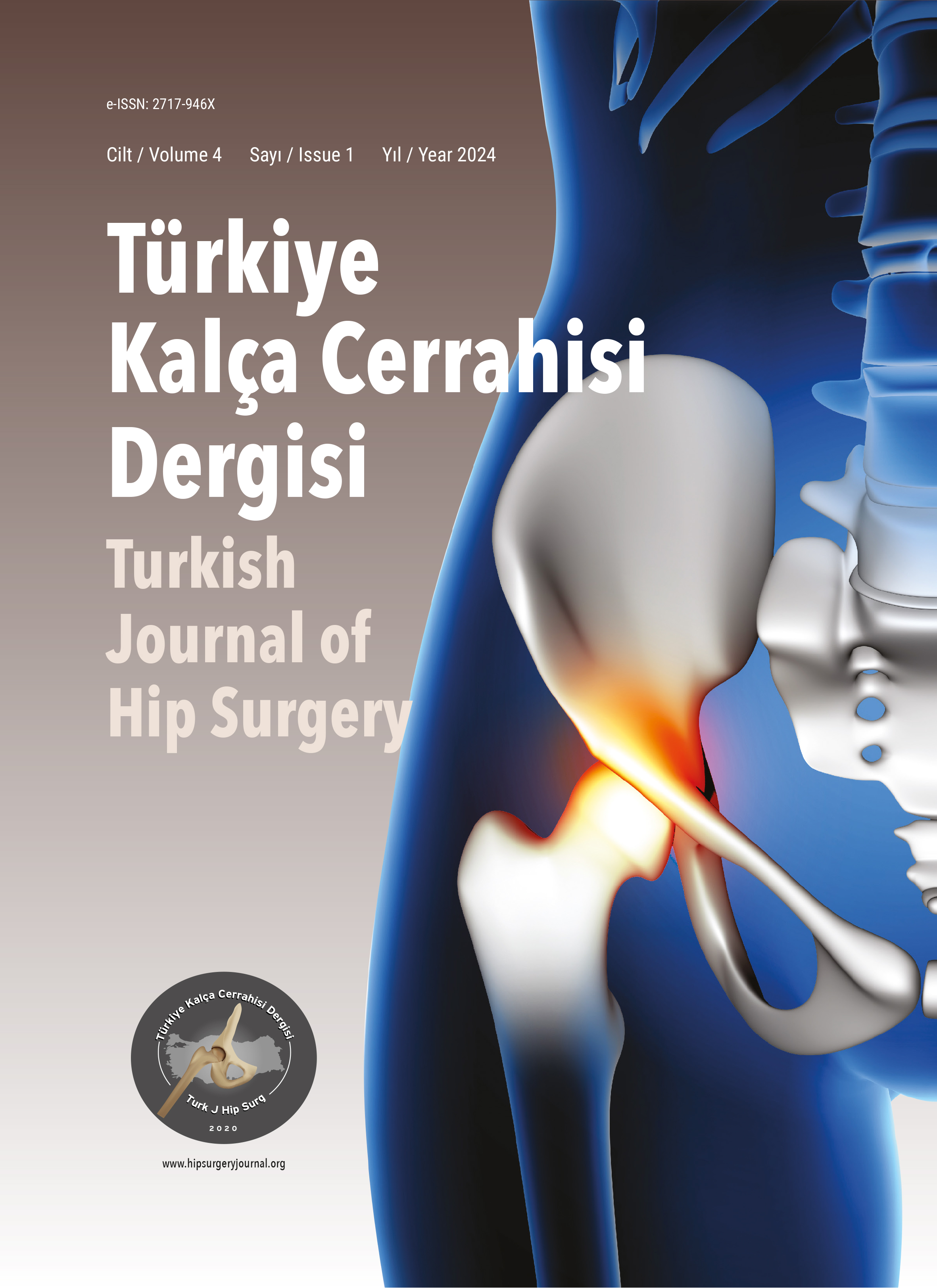e-ISSN: 2717-946X

Volume: 3 Issue: 1 - 2023
| 1. | Cover Page I |
| 2. | Editorial Board Pages II - IV |
| 3. | Contents Page V |
| 4. | Manuscript Preparation Pages VI - VIII |
| ORIGINAL RESEARCH | |
| 5. | A Study on Head Measurements in Different Laboratory Rat Strains Meryem Çalişir, Yasemin Üstündağ, Osman Yilmaz doi: 10.5505/TJHS.2023.09797 Pages 189 - 195 This study is conducted to determine whether there was a difference between the lineages of Brown-Norway, Lewis, Sprague-Dawley, and Wistar Albino rats which are used as laboratory animals and have over 300 sub-lineages. For this purpose, a total of 24 male rats composed of 6 each from every lineage possessing similar weight (average 400 g) and age. The rats used in the individual studies in the Experimental Animal Unit, Faculty of Medicine at Dokuz Eylül University were included in the study after the researchers completed the required samples. After removing the skin of rats, the cadavers were boiled, and the muscles were separated from the bones. After clearing the skeletal bones from the muscles, the skull measures were taken with the aid of a caliper. The skull and facial measurements were taken, and craniofacial indices (nasal index, facial index, skull index, basal index, and neurocranial index) were calculated. As a result, 27 measurements were made on the skull of four different rats and craniofacial indices were calculated and, highlevel significant differences were found in terms of craniofacial indices among the lineages. |
| 6. | Retrospective Comparison of Surgical Techniques for Hip Fractures Sabit Numan Kuyubaşı, Nihat Demirhan Demirkiran, Süleyman Kozlu, Süleyman Kaan Öner doi: 10.5505/TJHS.2023.70299 Pages 203 - 208 Objective: To compare the postoperative effects of different surgical techniques used during bipolar hemiarthroplasty (HA) for hip fractures. Material and Method: The study included 151 patients (67 males, 84 females) who presented to our Orthopedics and Traumatology Clinic between January 2016 and December 2021 and who underwent HA with a Direct Lateral (DL) approach (n: 48) or Posterolateral (PL) approach (n: 103) for hip fracture female) were included in the study. Patients' postoperative 90-day mortality, wound site infection, bedsore, presence of periprostatic fracture, varus/valgus angle on postoperative anteroposterior (AP) radiograph, operative time, mobilization status within the first 3 days and the number of people during surgery were evaluated retrospectively. Results: While 44 patients treated with the DL approach had neutral and 4 patients had valgus alignment, none of them had varus alignment. In the PL approach, neutral alignment was observed in 79 patients, valgus alignment in 2 patients, and varus alignment in 22 patients. It was determined that there was a significant difference between the two approaches in the proportions of prostheses placed with both neutral and varus alignment (p<0.001). Conclusions: Among the approaches used during HA application, it was observed that the PL approach caused more varus femoral stem alignment problems than the DL approach. In addition to increasing the risk of femoral collapse, this may cause worse functional outcomes. |









